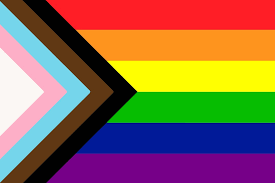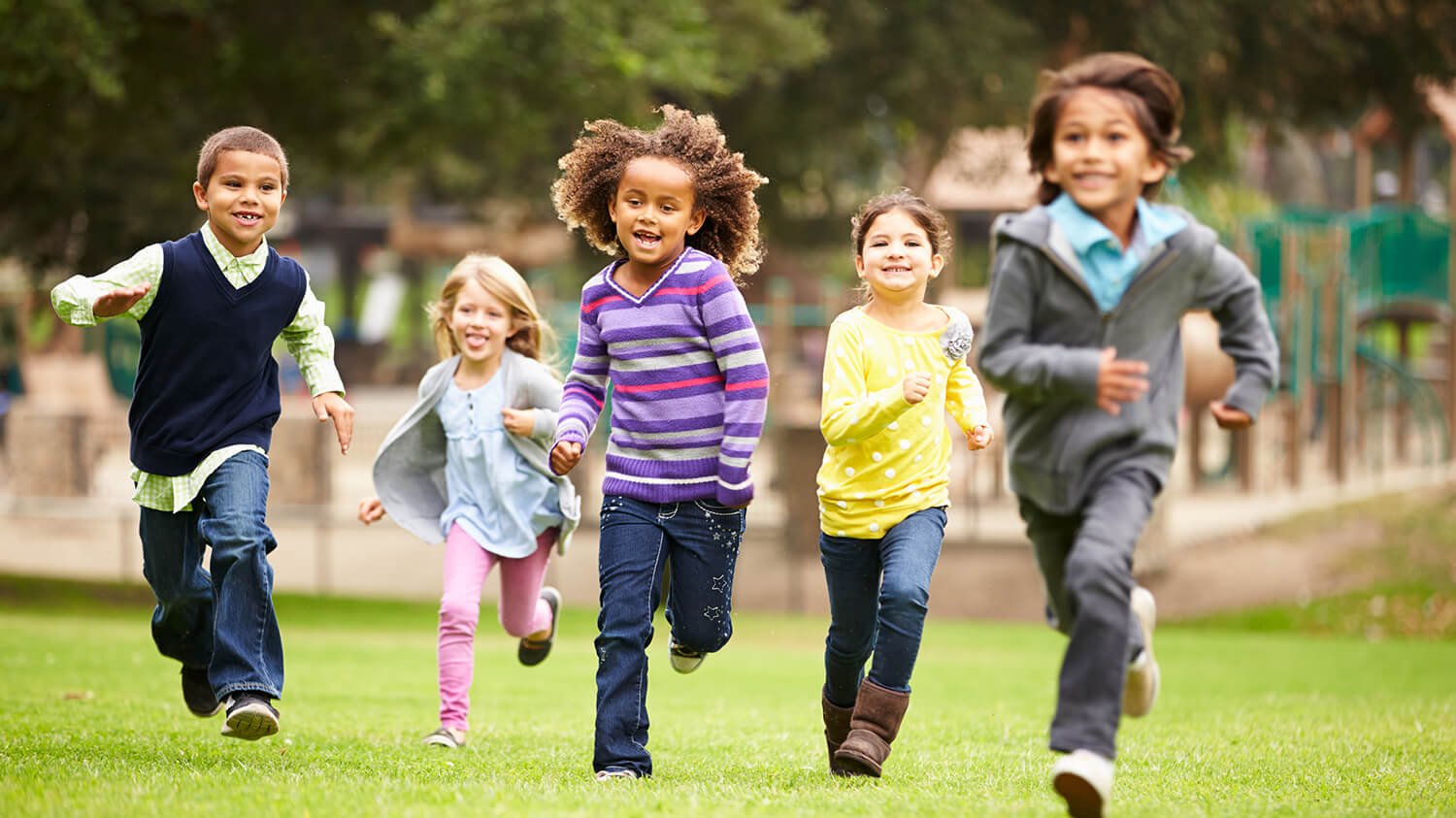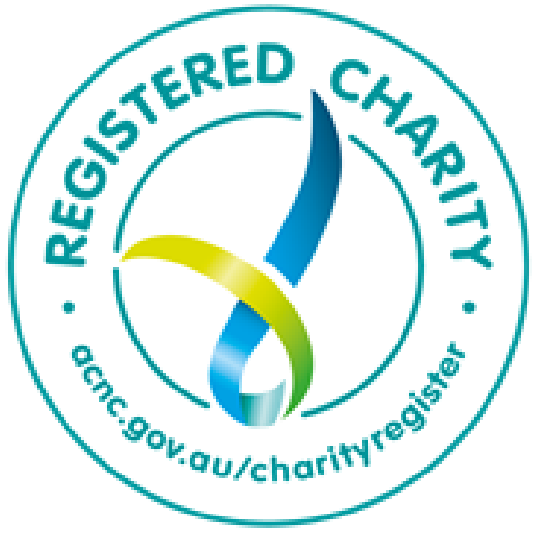Positive Body Image: Navigating the terms and movements
The relationship we have with our body is unique, it is deeply personal, often complex but it is also one of the most important relationships of our life, not to mention the longest! Moving our body image to a positive place, where we can feel accepting, comfortable and healthy in our body is not always easy. For some people, given how narrow societal beauty standards and ideals are, it is even more so.
Body image refers to the values and beliefs we hold about our body and appearance, the way we think and feel and the attitudes and behaviours we engage in. Our body image continues to grow, change and evolve over the course of our lifetime, and is influenced by many individual and environmental factors.
Over the years, there have been many terms, words, concepts and movements founded in response to people feeling marginalised in their body. They have been designed to empower people to take a stand and challenge the narrow and stereotypical societal body, beauty and appearance ideals that saturate media and social media, that drive body comparisons and that leave many people feeling isolated and unhappy in their body.
They call for greater acceptance, inclusivity, connectedness, diversity and positivity when it comes to appearance, body shape, weight and size.
More recently, some of these terms have been manipulated, confused and commercialised by diet culture, the wellness world and the many influencers that profit from these industries. This has led to frustration and has made it challenging to know whether a term or movement is helping or hindering our understanding of what a positive body image looks and feels like.
If you come across someone, a page or a business who is missing the mark or taking a message or term off course, you might like to compassionately reach out and educate or of course, more simply unfollow or stop reading. Advocating doesn’t have to be everyone’s job.
There is not one approach that is more ‘right’ or ‘better’ and achieving a “perfect” body image is another counterproductive and counterintuitive ideal, that is impossible to achieve. There is not a simple, quick fix solution or linear path to a positive body image and it can feel and look different for everyone.
What works for one person, may not feel right for another– and that’s ok. It’s your body image and you can do it in the way that is right for you, using the language, terms and approaches that fit best!
Let’s take a look at some of these common terms and concepts:
Body Positivity
Body Positivity is one of the original and longer serving terms in relation to the positive body image movement. The goal of body positivity is to challenge and baulk the narrow and stereotypical societal, often western, beauty and body ideals. It allows for all bodies – regardless of their shape, weight, size, or colour to be seen and accepted as ‘good bodies’. Originating from the fat acceptance movement from the 1960s, body positivity is about body inclusivity, the celebration of body diversity and celebrates bodies as equals, with a strong focus on the inclusion and acceptance of larger bodies.
Fat acceptance and activism
Fat acceptance and activism was born from body positivity and is a social movement that strives to change and challenge anti-fat bias and fat phobia these movements promote dignity and equality so as to decrease discrimination in society, workplaces and in health care.
Body Acceptance
Body Acceptance respects the fact that not everyone will like what they see when they look in the mirror and that feeling positive in your body is impossible and unrealistic to expect and achieve, all of the time. Body acceptance invites people to explore why they might feel dissatisfied and uncomfortable in that moment and instead of reacting to those uncomfortable feelings in a typical way, which often involves turning on themselves and their body, encourages people to work through negative feelings in a compassionate and accepting way.
Body acceptance is a process and a lifelong practice.
Interesting fact: Body Acceptance arose from the reality that in western society bodies are not treated equally and that the body positivity movement had lost its way and wasn’t feeling inclusive to all bodies and individuals.
Body Appreciation
Body Appreciation encourages people to respect, accept and appreciate their body; for how it functions, what it can do and for some people, this is extended to how it looks. Body appreciation asks that the body and the person is recognised for its full worth.
Body Gratitude
The practice of body gratitude encourages the focus and energy to be on the positive things a body can do. Body gratitude is a practice that can be done every day and involves saying affirming things about one’s body and/or appearance. It allows for a person to celebrate what a body can do, how it can function, what it is (rather than what it’s not) and its strengths.
A fun fact: The practice of body gratitude can be a helpful strategy to counteract unhelpful and unkind body comparisons.
Loving Your Body and Body Love
These terms can be applied and understood in a few ways. The first is the literal meaning; learning and working to love your body; the way it looks and/or the way it functions. The second, less obvious meaning is to Love Your Body through your actions; it is not so much about loving how it looks, but instead showing your body love by the way you treat it. How you talk to your body, how you nourish, fuel, move and nurture your body that demonstrate love to your body. Treating your body like you would someone you love!
Interesting fact: For many people, the idea of loving their body is just too much. It’s certainly not a term for everyone and that is ok.
Body Neutrality
Body Neutrality is built upon the idea that a person can exist in their body without thinking about how it looks too much. The body is just that, a body and the focus is very much on function rather than appearance. Not too much thought or energy is given to the body, it is merely a vehicle that moves you through life.
Interesting fact: The concept of body neutrality was coined in 2015. Actor and founder of @i_weigh Jameela Jamil was quoted as saying ‘Imagine just not thinking about your body. You’re not hating it. You’re not loving it. You’re just a floating head. I’m a floating head wandering through the world’. This quote was highlighted as articulating what body neutrality feels like.
There are also many other well-researched concepts that are constructive, well-researched, evidence-based approaches that support people to live more positively in their bodies. One of these is Embodiment. For more information about Embodiment, we would encourage you to explore the work of Professor Nina Piran, who has established the Theory of Embodiment.
So where does this leave us all?
Every person, regardless of their shape, size and appearance deserves to share their individual experience with their body, as every story and experience counts. It is important though, that when working to promote a positive body image that this is done sensitively, that wellbeing not weight, muscularity or shape is the focus and that it strongly and consistently debunks and challenges body and appearance ideals and doesn’t inadvertently create another one!
While terms and movements will continue to evolve over time, evidence does suggest that if nothing else, using positive and kind language and affirmations can positively impact a person’s body image!
In 2021 Butterfly has renamed our Love Your Body Week to Body Kind Schools and Body Kind Families. This health promotion and positive body image awareness initiative is a key activity of Body Image and Eating Disorder Awareness week. It invites Australians, in their education settings and homes, to reflect, explore, practice and demonstrate all the ways to be kind to their own body and also to others. This September the call to action is to be Body Kind – to ourselves and each other and we would love for you to be involved.
If the relationship you have with your body and/or your eating and exercise is affecting the way you live your life, we encourage you to explore and consider that there are other ways to feel in your body, it’s ok to adapt things, merge concepts, there are good things to take from all of the various terms and approaches.
This isn’t a path that needs to be ventured alone! While there are many self-led and self-guided resources to support a better body image, talking to someone is also encouraged.
The Butterfly National Helpline can provide support initially and help you on your path to an improved relationship with your body.
Disclaimer: Please note that the various terms and concepts listed within this piece have been developed by women. Not all existing terms have been covered and this space is ever evolving and changing. This piece intends to inform and educate on some of the common terms but does not intend to align or endorse any of these. We appreciate that for some people and in some instances the various terms and movements may do more harm than good. We therefore encourage you to find what works for you, discontinue reading if you find the content challenging and reach out for support if you require help with your body image.






















